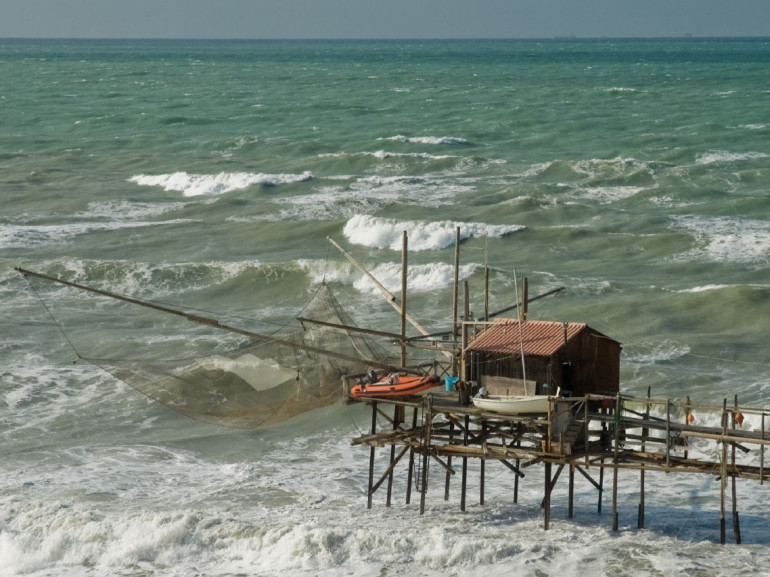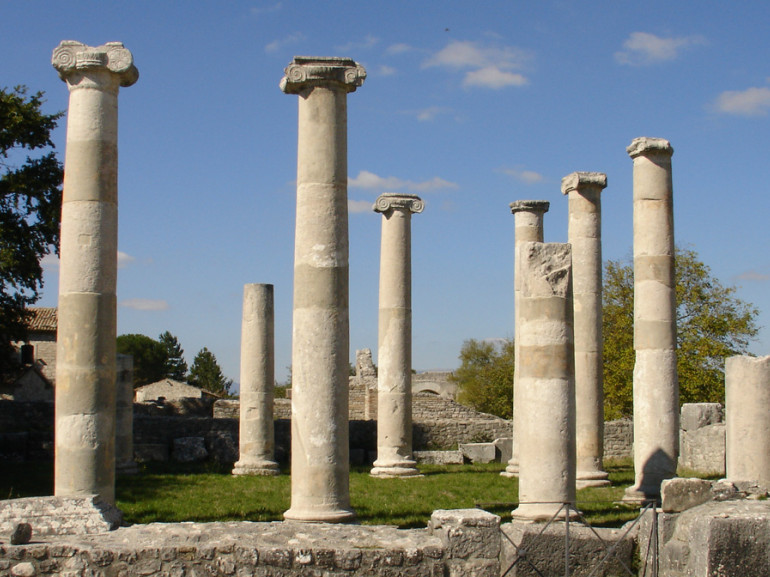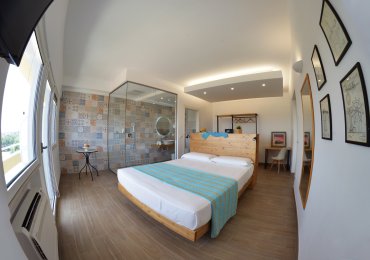Molise is a small Region located in center Italy, between Apennines and the sea, where forests give space to valleys and plateau and where you can visit cities and small villages with their castles. Discover more about Molise reading our green travel guides:
Campobasso
Isernia
Into the wild nature
Although Molise is a small Region, there are many interesting naturalistic places where you can enjoy a perfect and relaxing holiday!

There are two natural reserves, in Montedimezzo and Collemeluccio belonging to the UNESCO project “Man And Biosphere”, for a sustainable growth and the protection of biodiversity. Walking along paths, visitors have the chance to learn more about plants and animals of the area. Furthermore, in Capracotta there is a botanical garden, where the nature of Apennines have been re-created.

Tourists can also go trekking in the National Park of Abruzzo, covering a part of the Region at the boarder with Abruzzo, between Pizzone, Rocchetta a Volturno, Scapoli and Filignano. From these mountains, Volturno river springs out. It runs across the WWF oasis Le Mortine and then falls in the Tyrrhenian Sea, in Campania Region. There is also another WWF oasis in the area of Guardiaregia, covering Matese Mountains, with the elegant top of Mount Miletto, with its 2045 meters. This natural park is known especially for its caves and karst formations and the characteristic canyon made by Torrente Quirino, with the spectacular waterfall of San Nicola, with its 100 meters of high.

In this area Biferno River springs out, falling in the Adriatic Sea. Following its flow, you can discover how the territory of Molise changes. Mountains degrade towards hills and finite flat areas where there are pastures, cultures of wheat, patches of olive groves, orchards and vineyards, until they reach the sandy coast.

A dip in the Adriatic
The Adriatic coast of Molise is generally soft and sandy but there are also other rocky headlands. In Petacciato you will enjoy the shadow of pine forests, dozing lulled by the rhythmic sound of the waves. In Termoli, upon a rocky promontory overlooking the sea, there is ancient seafaring village, surrounded by stone walls. All around there are small coves and bays, perfect places if you are looking for clean sea and relax. Heading south, there is Campomarino with its shore, another place where the seaside is well known and appreciated.

Reading past stories on stonewalls
Hills in Molise are dotted with small villages, mainly characterized by Medieval architecture like castles and monasteries, but you will also find modern cities, such as Campobasso, Isernia and Termoli, with its fortress built at the time of the emperor Federico II in 1247.

If you love the idea of getting lost in Medieval atmospheres, there are many castles to visit in the Region. Some examples? The one in Pescolanciano is built on a rock:its drawbridge, loopholes and stables are still well preserved. Another one can be admire in Torella del Sannio, with its three circular towers built along the wall. Very impressive is also the castle in Castropignano, overlooking Biferno Valley.

In Molise there are also many testimonials of previous eras, such as the temple in Campochiaro and in San Pietro di Cantoni, near Sepino, but also ruins of rural villas, baths, aqueducts, tombs, theaters and amphitheaters, which date back to Ancient Roman times, in particular in Venafro, Larino e Isernia. A visit is also worthy to see the ruins of Saepinum, ancient roman city, surrounded by forests and meadows.

What to taste in Molise
In Molise you will experience a great variety of fresh and genuine products, mainly grown in the Region.
The Olive Oil Dop, with its suave but decided taste, can be tried on toasted bread or mixed with fresh salad. The most famous oil is the one produced in Venafro, used also to prepare “taralli”. There is also a great production of bread and hand made pasta, such as “cavatelli”, with tomatoes or meat sauce. In Termoli you can taste the famous “brodetto”, a soup made with fish of many kind and sweet peppers.

Local turffles are also often used in the preparation of many typical dishes. As a dessert you can taste the “cancelle” looking like German waffels, but made with fennel seeds, “ravioli”, filled with marmalade and “pigna”, traditional Easter cake.

Author: Anita Cason
Cover image: SDB79 via Flickr








